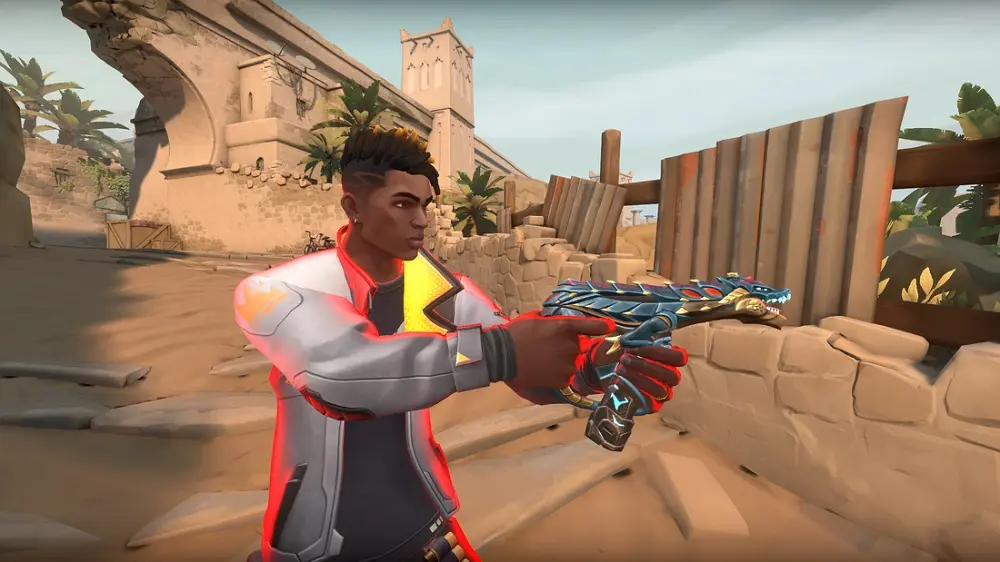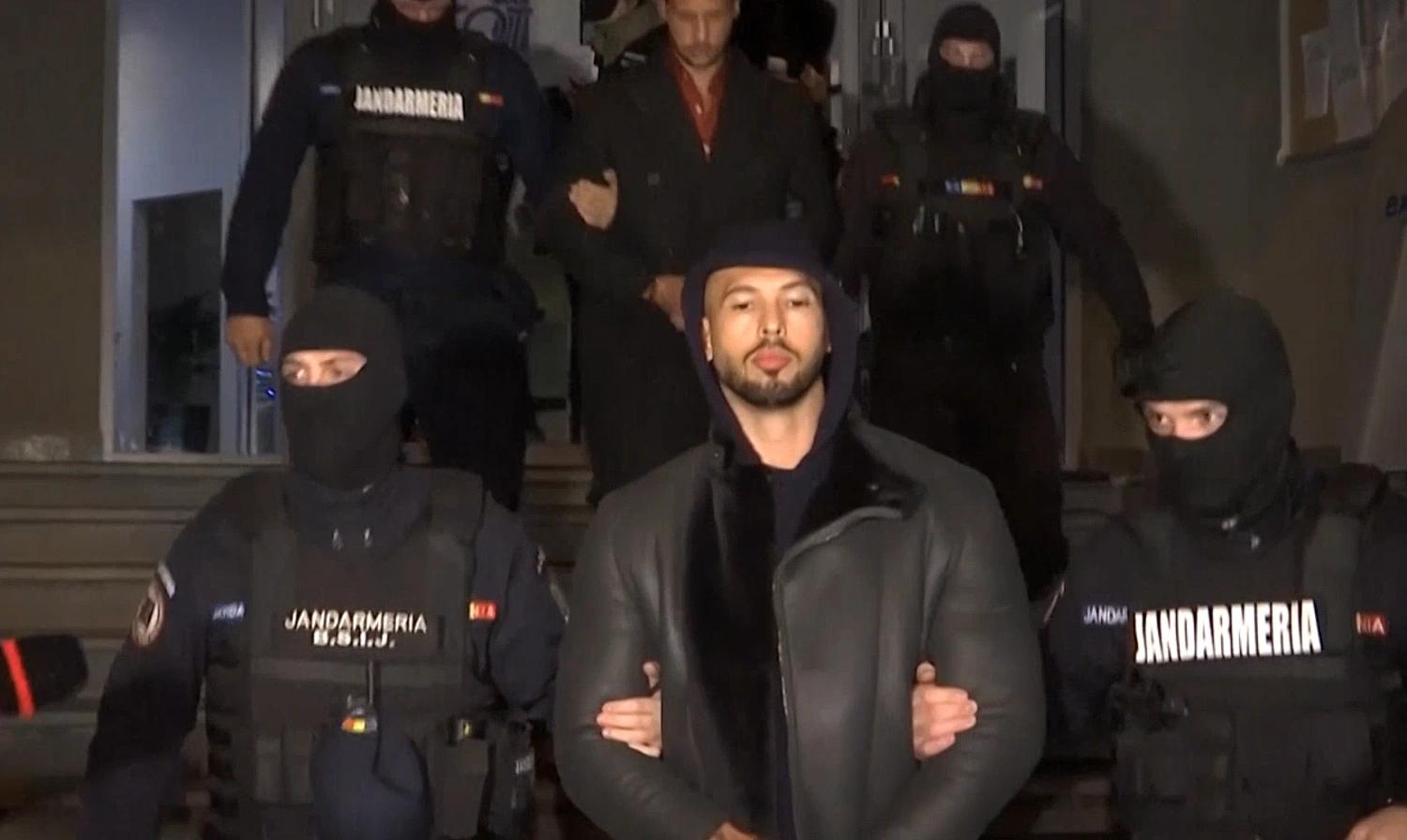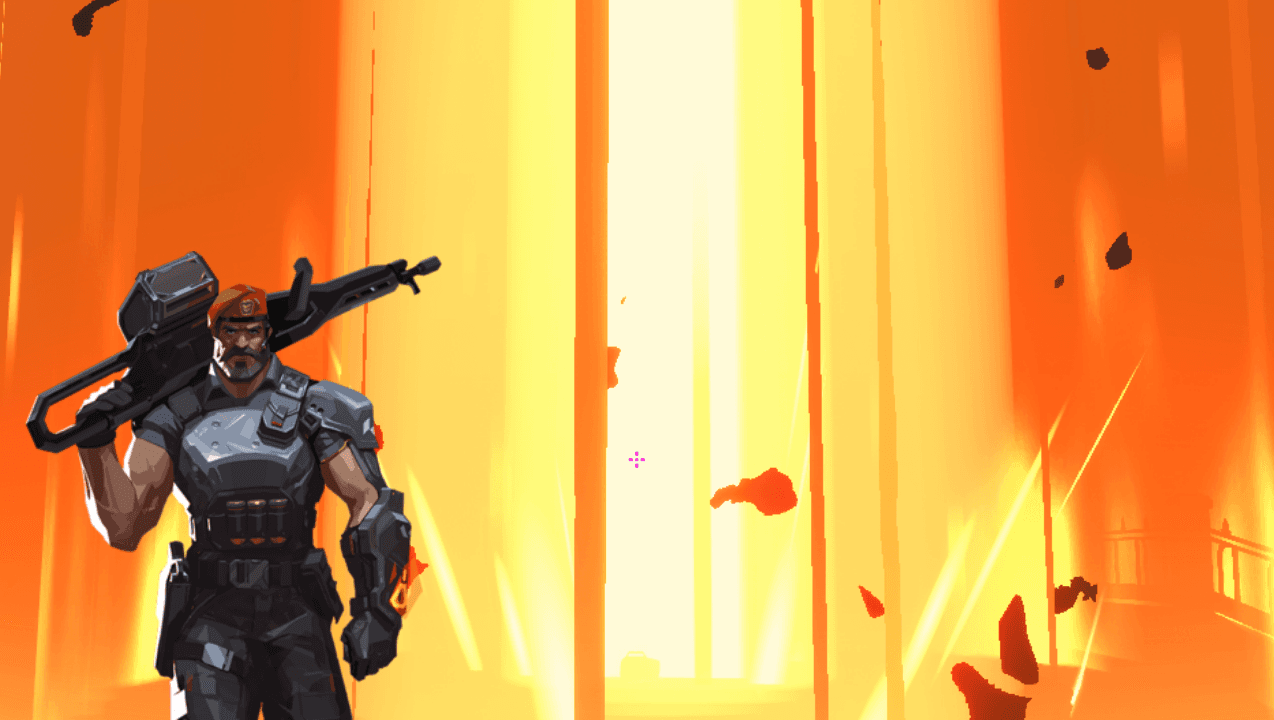
Here’s how to make accurate calls in competitive Valorant games
The latest mute system is proof that Riot Games is aware not all comms are helpful in its tactical shooter. Fret not, because our guide can help you to make accurate calls in Valorant.
When Riot rolled out a new clutch mute system, some wondered why it was needed. In lower to medium ranks, players can be unnecessarily chatty. Some breath right into their mics, while others try to micromanage the every move of their teammates. If you’re in a nail-biting one-versus-one situation and can hear your teammate reading the radar to you, it’s annoying and distracting.
In such situations, players may want to be mindful of what they say. This guide to giving accurate callouts in Valorant may help to improve both your and your teammate’s experiences.
How to make accurate callouts in Valorant

If you are often being told to the mute your mic, you’d benefit from this guide. Filtering out excess words, trusting your teammates, and learning Valorant vocabulary and terms significantly nurtures healthy team communication and improves your chance of winning competitive games.
Learn shorter calls
No one wants a lengthy lecture during tight clutch situations. Chances are, when you get to the primary point of information, your teammate may already have died. It’s essential to shorten sentences and learn the Valorant lingo. Here are a few words you’ll often hear your teammates say. These are shorter terms for longer sentences to get the point across efficiently.
| What to say | What not to say |
| Care/watch flank | There’s one coming behind you |
| Close | There’s one holding a close angle |
| Multiple | There are around four players pushing here |
| Util (location) | They are throwing smokes and flashes at (location) |
| Corner | A player is holding the corner |
| Care OP | The attackers may have an Operator |
| Care (location) | They might rotate to (location), hold your angle |
| Hard (location) | Attackers are pushing hard into the (location) |
| Last lurk | Last player usually lurks and could be anywhere |
| Rotate | Rotate towards the other site, one is stacked |
Share information in the right order
Shortening words isn’t enough. It would be best if you also prioritized what you say first. In intense situations where multiple duels are happening simultaneously, your teammates may need crucial information quickly. If you’re the first to die, here’s how you should prioritize delivering intel.
- Location of the enemy
- Remaining health or the damage you dealt
- Agent name
For example: B-short, 80 tagged, Reyna.
Be accurate in your map location calls
Valorant maps have official calls in the map that are pretty simple to learn. But in high-stake games, it’s better to be as explicit as possible. For example, instead of saying “one mid,” clarify where the player is at mid. For this, you don’t have to learn new callouts and comms. Observe the area and just mention whatever you see first. Here are a few common spots that are present on almost all Valorant maps.
- Cubby
- Haven
- Ramp
- Window
- Doors
- Rock
- Crates
- Pillar
Trust your teammates
Finally, the primary reason Riot added a clutch mute system was backseat gaming. It happens when one player on a team thinks that they can better think through the situation than their living teammate, ultimately resulting in unnecessary micromanagement. This can be avoided by simply having confidence in your teammate.
All Valorant players have different play styles. So trust your teammate to win a round their way instead of telling them what you would do in their place. Making recommendations is fine as long as you’re concise and the player in the clutch situation isn’t mid-duel. But try not to communicate too much. It doesn’t help anyone, and you may ultimately be contributing to your own competitive loss.
Recommended

Andrew Tate criticized for defending toxicity in Valorant, demanding ban on female players
Andrew Tate is defending a toxic Valorant troll, and gaming community isn’t happy.

Latest Brimstone buff in Valorant patch 8.09 is too good
Brimstone will be great again.

Upcoming Valorant Night Market release date leaked
Start saving up!







